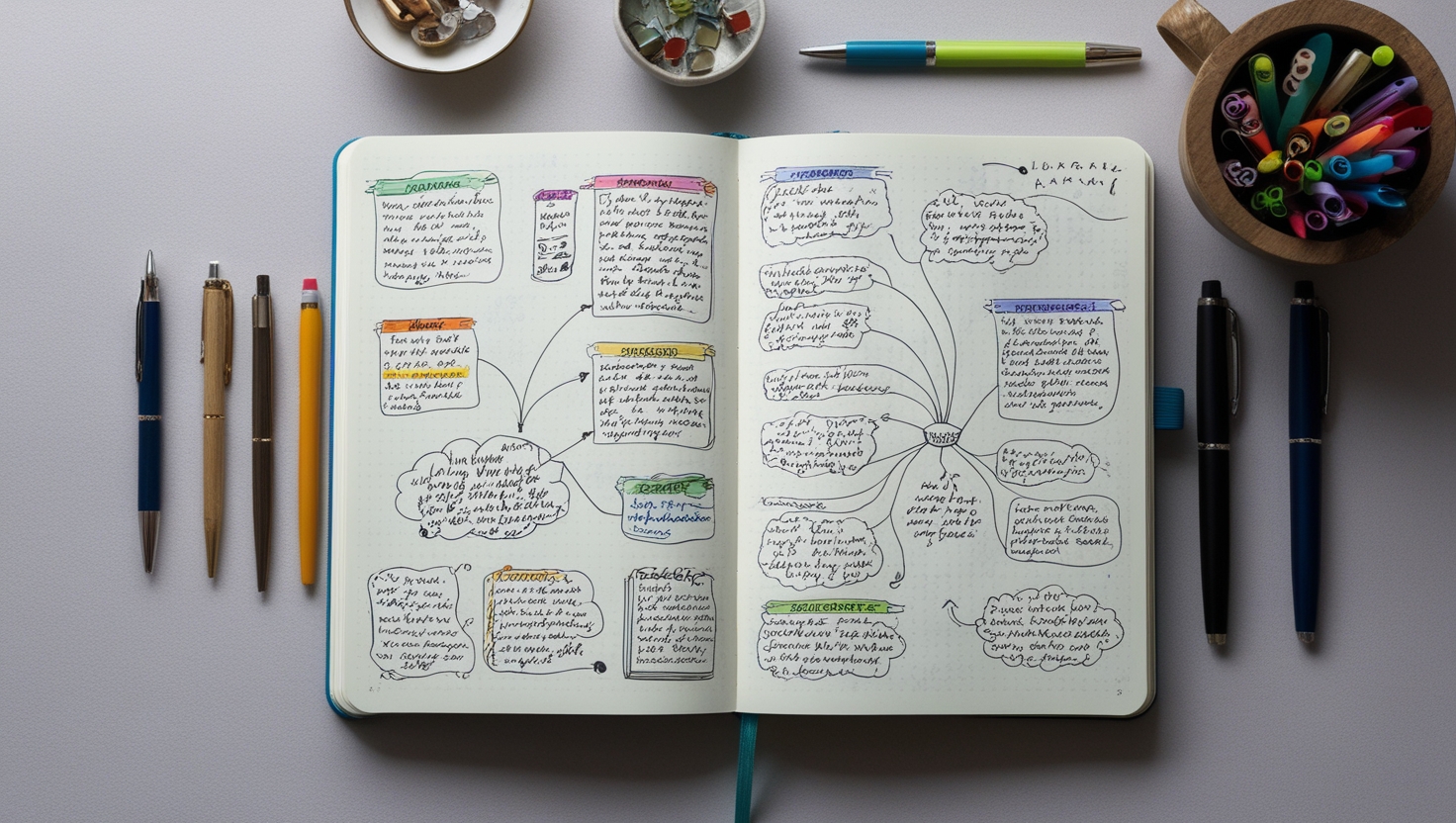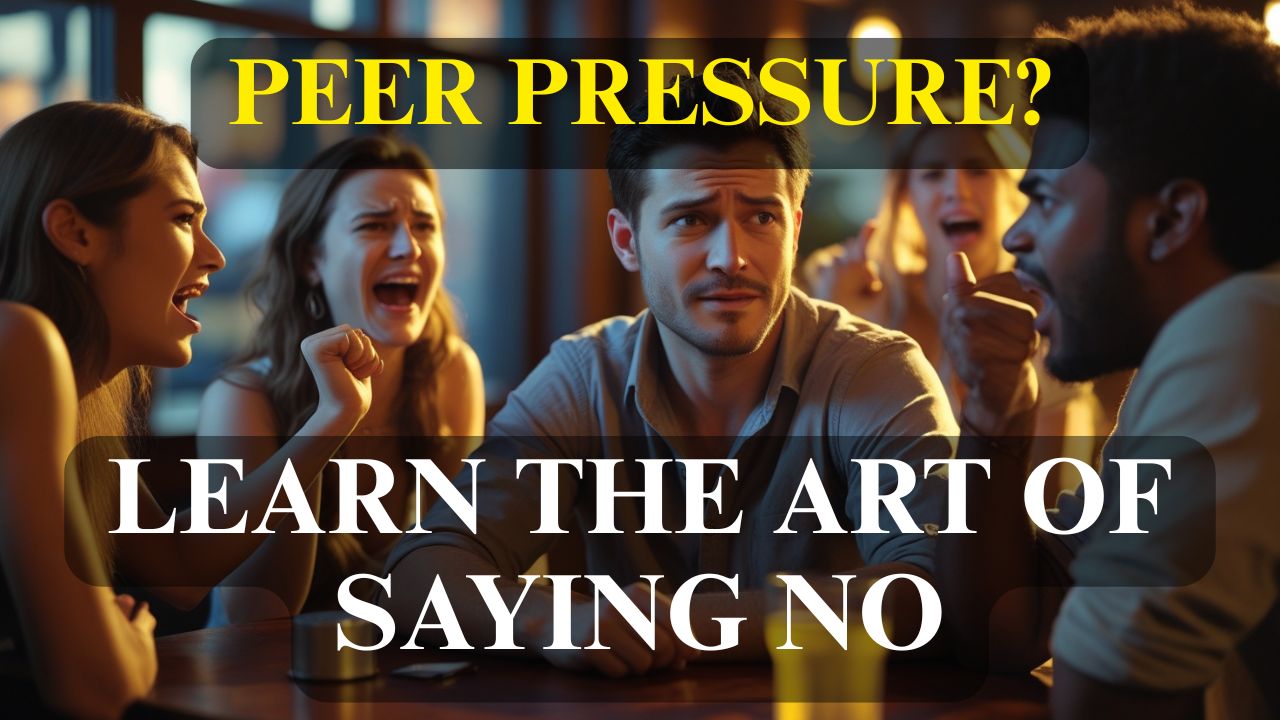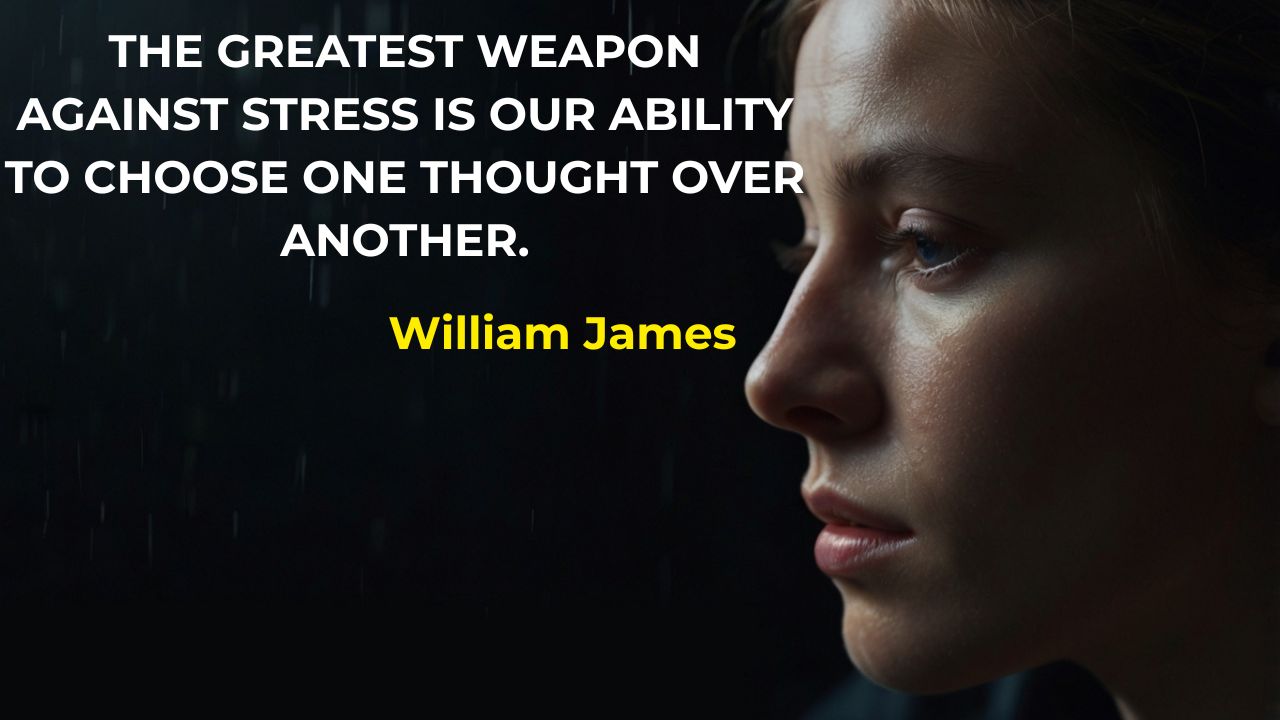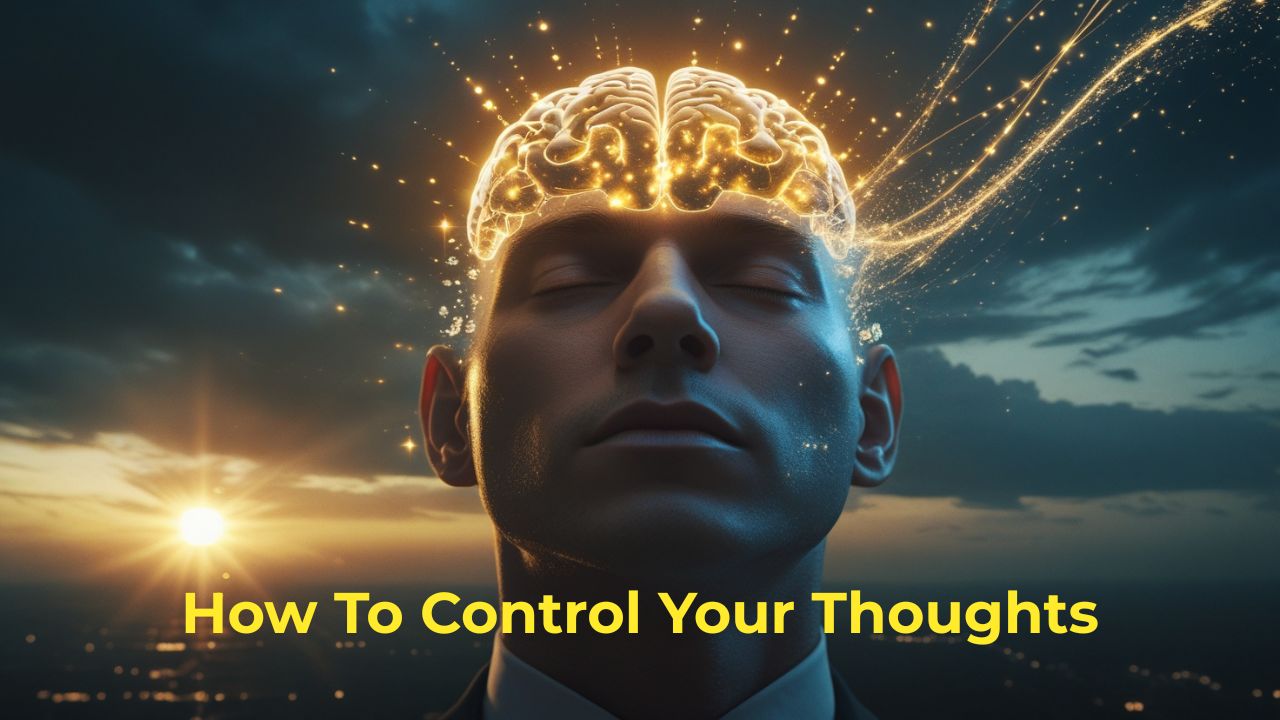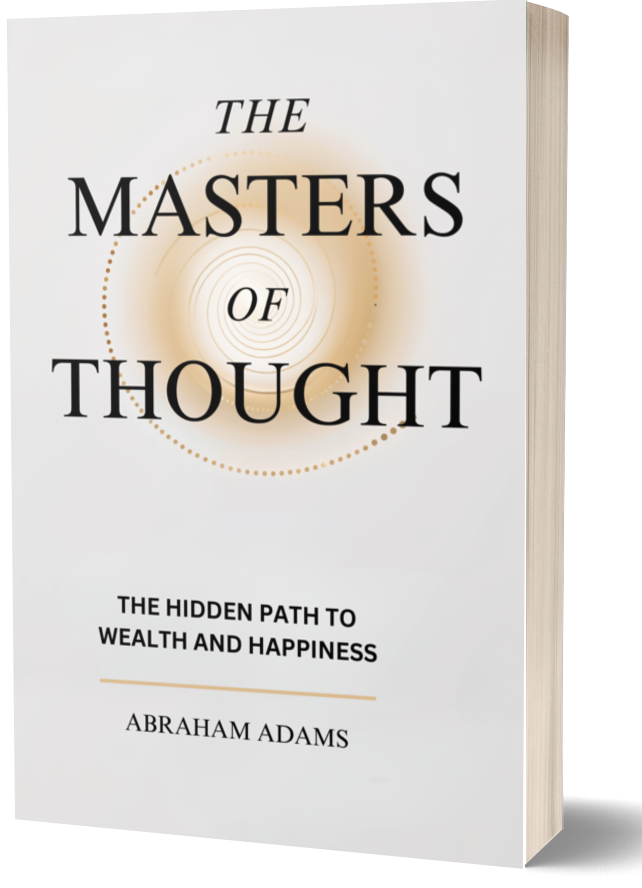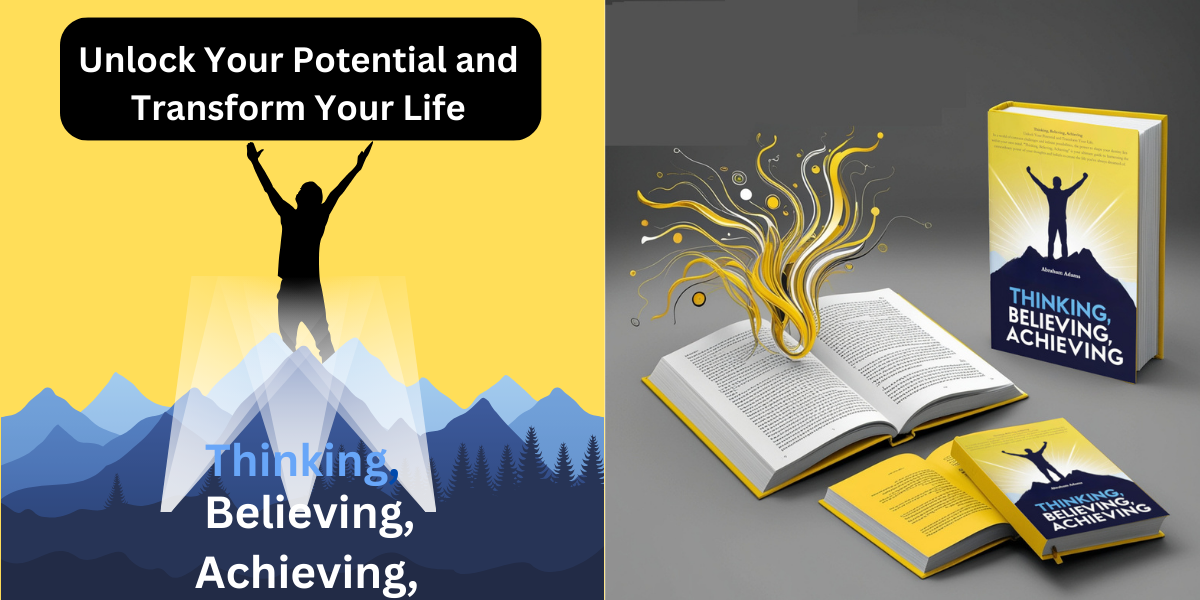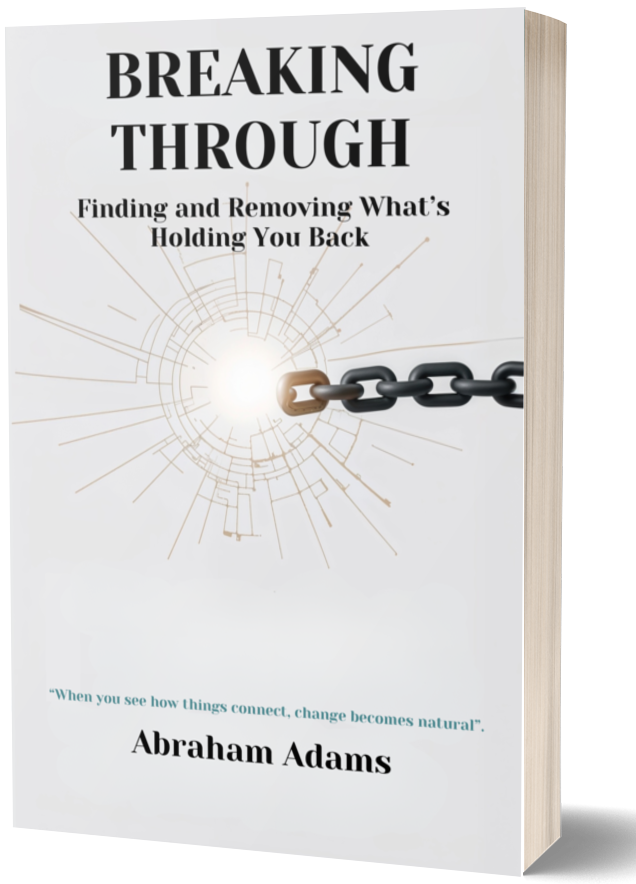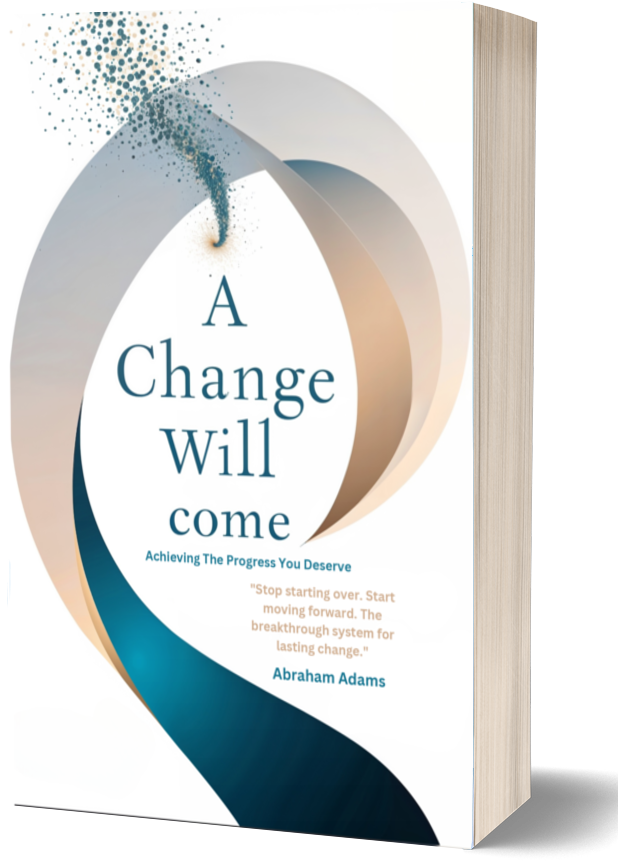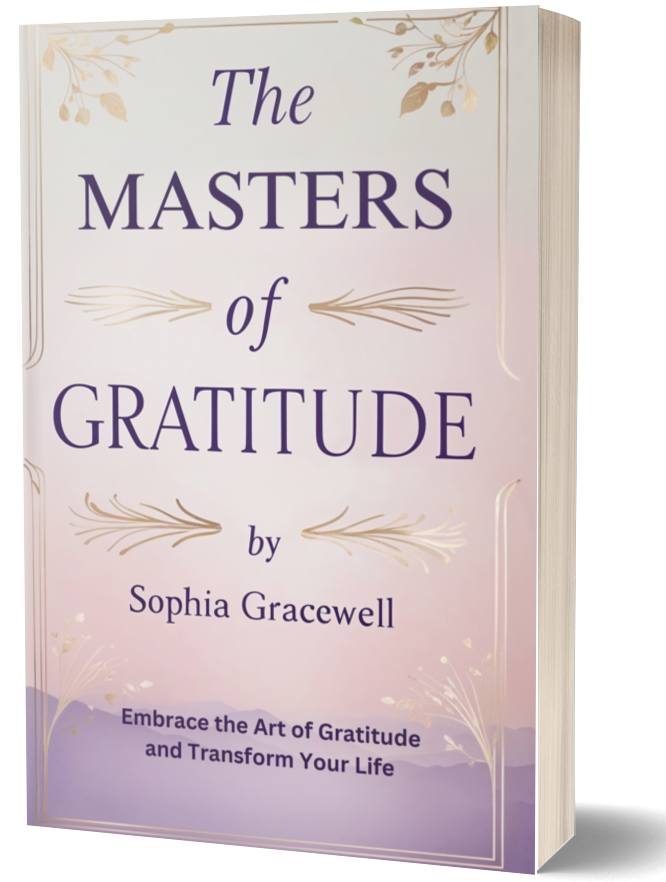The Connection Between Thoughts and Emotions: Managing Mental Wellness
Our thoughts and emotions are deeply intertwined, forming the foundation of our mental wellness. Understanding how they influence each other can empower us to take control of our mental health and create a more balanced, fulfilling life.
This article explores the profound connection between thoughts and emotions, and offers practical strategies for managing mental wellness through this understanding.
---
The Relationship Between Thoughts and Emotions
1. **How Thoughts Shape Emotions**
Thoughts are the lens through which we interpret the world. They shape our emotional responses to events, often more than the events themselves. For example:
- A thought like, “I failed, so I’m not good enough,” can lead to feelings of sadness or shame.
- Alternatively, reframing this thought to, “This setback is a chance to grow,” can foster hope and resilience.
2. **How Emotions Influence Thoughts**
Emotions, in turn, impact our thought patterns. When we feel anxious or stressed, our thoughts may become overly negative or self-critical. Positive emotions, on the other hand, often lead to more constructive and creative thinking.
3. **The Feedback Loop**
Thoughts and emotions operate in a feedback loop:
- Negative thoughts trigger negative emotions, which reinforce further negative thoughts.
- Positive thoughts encourage uplifting emotions, fostering an upward spiral of well-being.
Recognizing this cycle is key to breaking patterns of negativity.
---
Strategies for Managing Mental Wellness
1. **Practice Mindfulness**
Mindfulness helps us observe our thoughts and emotions without judgment. By becoming aware of our mental activity, we can interrupt negative patterns and respond more thoughtfully.
How to Practice:
- Dedicate 5-10 minutes daily to focus on your breath and observe your thoughts.
- Label emotions as they arise (“I feel anxious”) to create distance between you and the emotion.
2. **Challenge Negative Thoughts**
Cognitive distortions—such as catastrophizing or all-or-nothing thinking—can fuel negative emotions. Challenge these distortions by questioning their validity.
Example:
- Negative thought: “I always mess up.”
- Challenge: “Is it true that I always fail? What about times I succeeded?”
3. **Focus on Gratitude**
Gratitude shifts attention away from what’s wrong to what’s good. This simple practice can elevate your mood and foster positive thinking.
How to Practice:
- Write down three things you’re grateful for each day.
- Reflect on why these things matter to you.
4. **Engage in Physical Activity**
Exercise positively impacts both thoughts and emotions by releasing endorphins, reducing stress, and improving self-esteem.
Tip:
Find an activity you enjoy—whether it’s walking, yoga, or dancing—and make it a regular part of your routine.
5. **Cultivate Positive Relationships**
Supportive relationships can help us reframe negative thoughts and boost our emotional well-being. Share your feelings with trusted friends or family members.
6. **Set Realistic Goals**
Unrealistic expectations can lead to frustration and self-doubt. Break goals into manageable steps and celebrate small wins along the way.
7. **Practice Self-Compassion**
Treat yourself with kindness, especially during tough times. Replace self-criticism with supportive inner dialogue, just as you would for a friend.
---
The Role of Professional Help
If negative thought patterns or overwhelming emotions persist, seeking professional guidance can be transformative. Therapists and counselors can provide tools and strategies to help you navigate challenges and strengthen your mental wellness.
---
Conclusion
The connection between thoughts and emotions is a powerful force that shapes our mental wellness. By understanding and managing this relationship, we can create a positive feedback loop that fosters resilience, happiness, and balance.
Remember, mental wellness is a journey, not a destination. Through mindfulness, self-compassion, and proactive strategies, you can take meaningful steps toward greater well-being—one thought at a time.
- Audio Articles
- Audio Articles 1
- Audio Articles 2
- Audio Articles 3
- Audio Articles 4
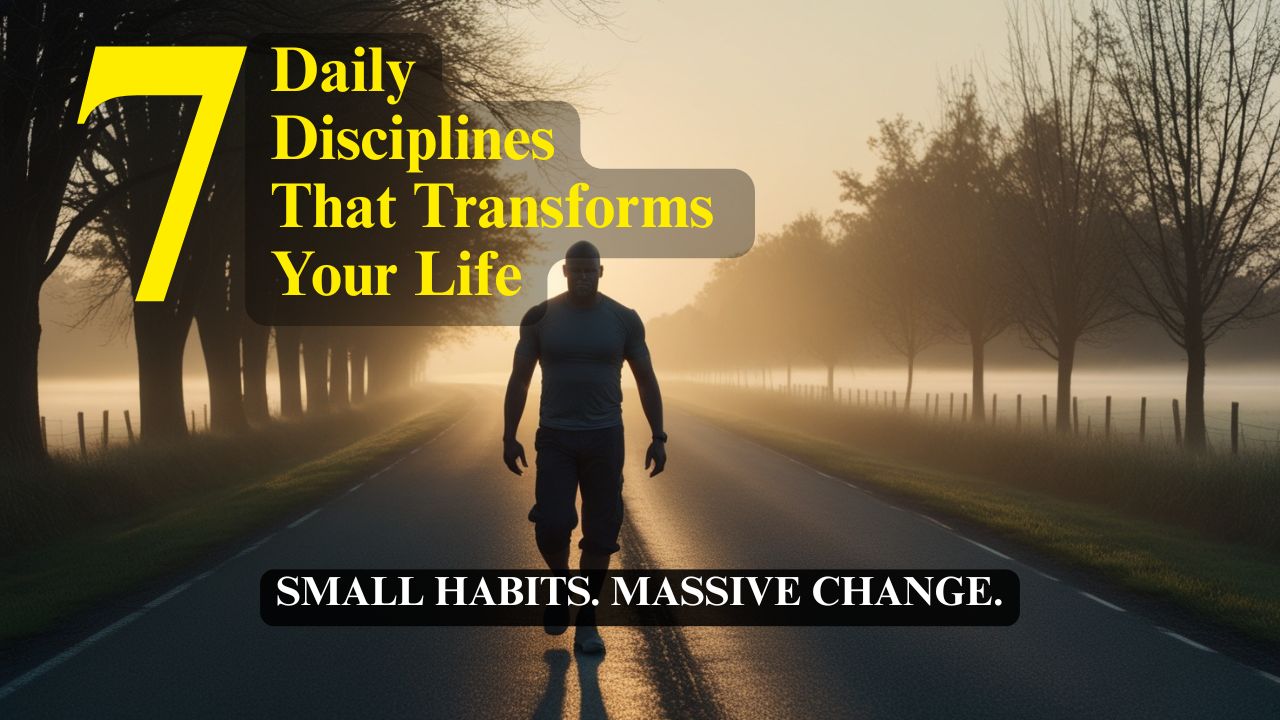
7 Daily Disciplines That Transform Your Life
The power to act with intention, to align your actions with your values, and to move steadily toward a life of purpose—even on days you don't feel like it.
Read Full Article
How to Build Unbreakable Discipline
Discipline is built—habit by habit, choice by choice, day by day. And the most powerful kind? The kind that doesn’t crack under pressure. The kind that becomes part of who you are.
Read Full Article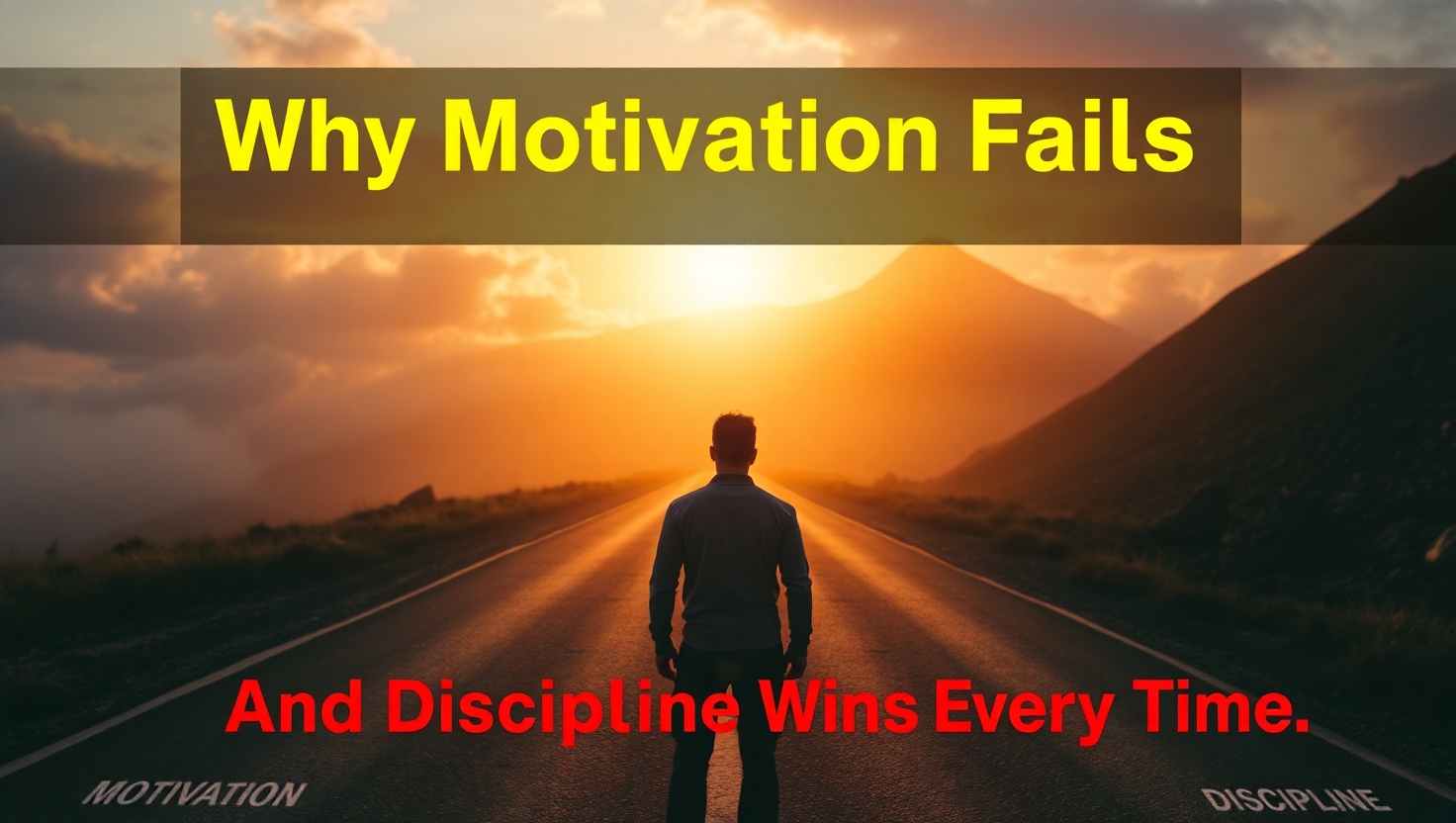
Why Motivation Fails And Discipline Wins Every Time
We all love the feeling of motivation—that surge of energy, that rush of inspiration that makes everything seem possible. But here’s the problem: motivation is unreliable. It’s emotional. It comes and goes. And if your goals rely on you “feeling like it,” you’re already in trouble.
Read Full Article
Discipline Over Desire
Desire is loud. It burns bright, talks fast, and loves to dream. But desire alone doesn't achieve much. Every person has desires. Very few have the discipline to bring them to life.
Read Full Article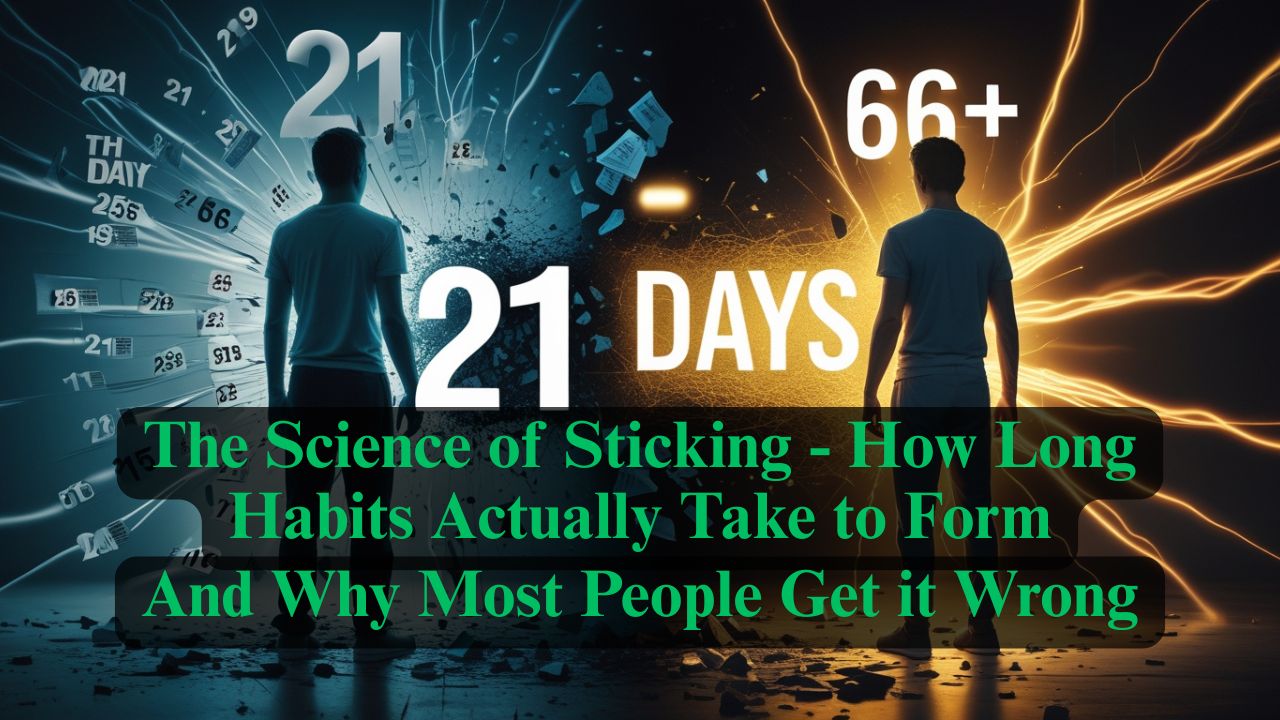
The Science of Sticking
If you've ever tried to build a new habit, you've probably heard that it takes 21 days. This number gets thrown around so often that it feels like scientific fact.
Read Full Article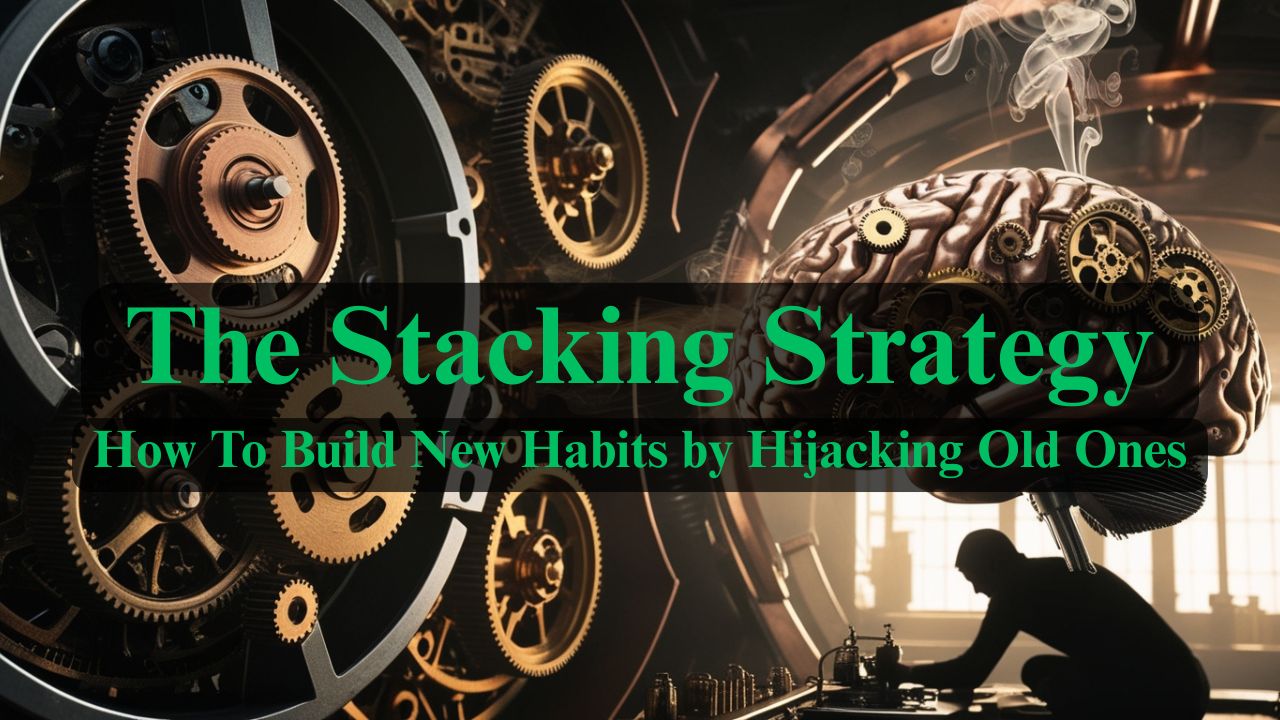
The Stacking Strategy
What if I told you that the habits you already have—even the ones you consider "bad"—could become the secret weapons for building the habits you want?
Read Full Article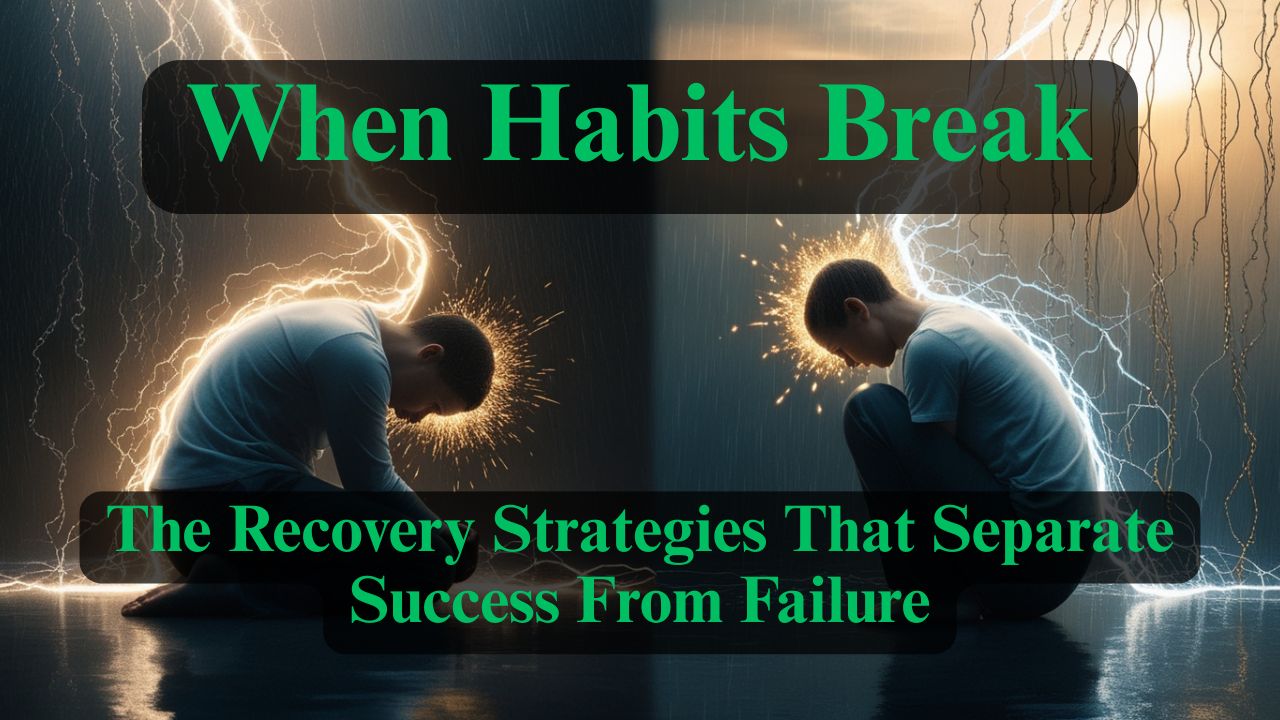
When Habits Fail - The Recovery Strategies That Separate Success From Failure
Here's what nobody tells you about building habits: you will fail. You'll miss days. You'll fall off track. You'll have weeks where everything falls apart.
Read Full Article
The Ultimate System - Designing a Life Where Good Habits Are Inevitable
You've learned to recognize habits, understand their formation timeline, stack them strategically, and recover from setbacks.
Read Full Article
